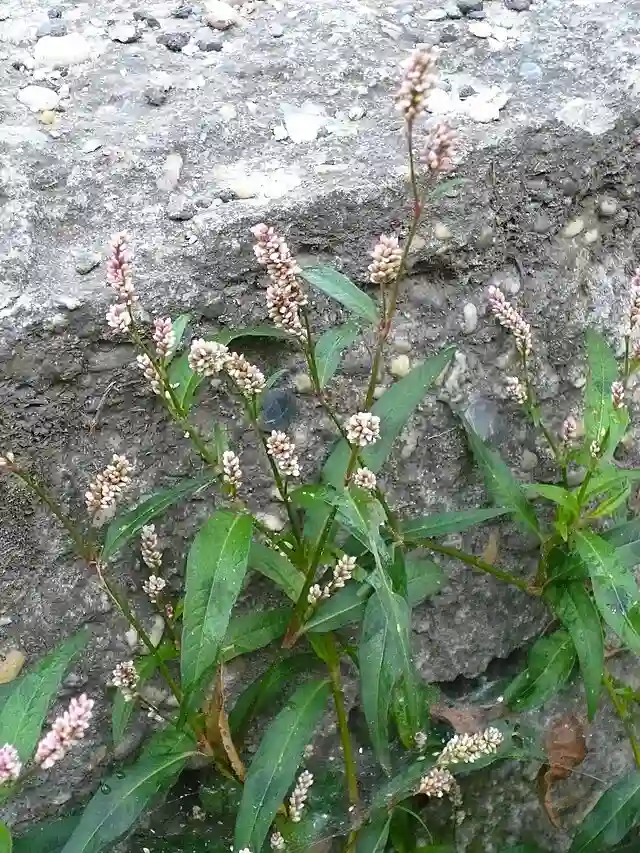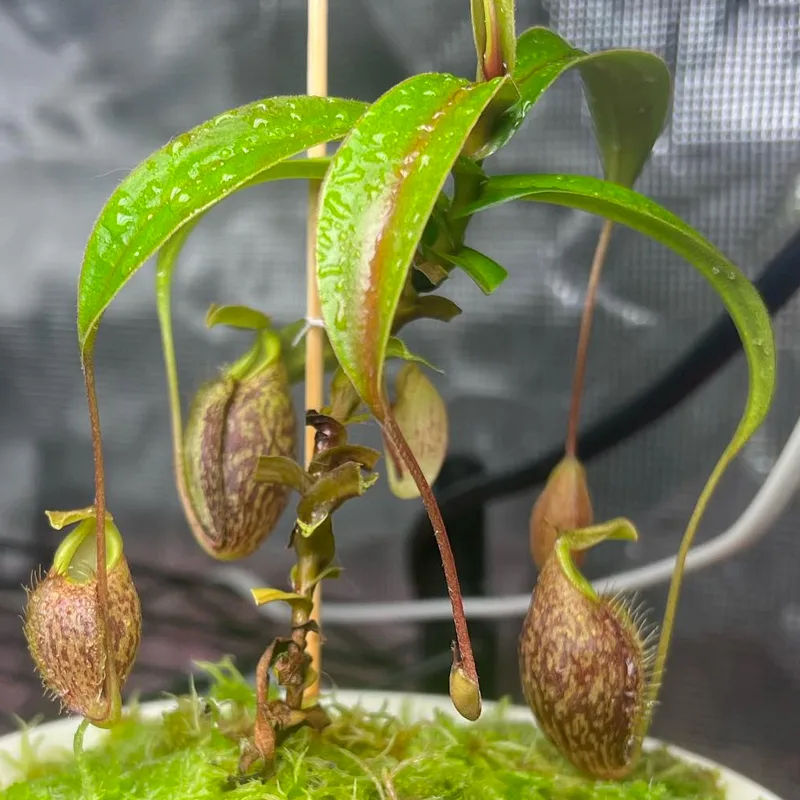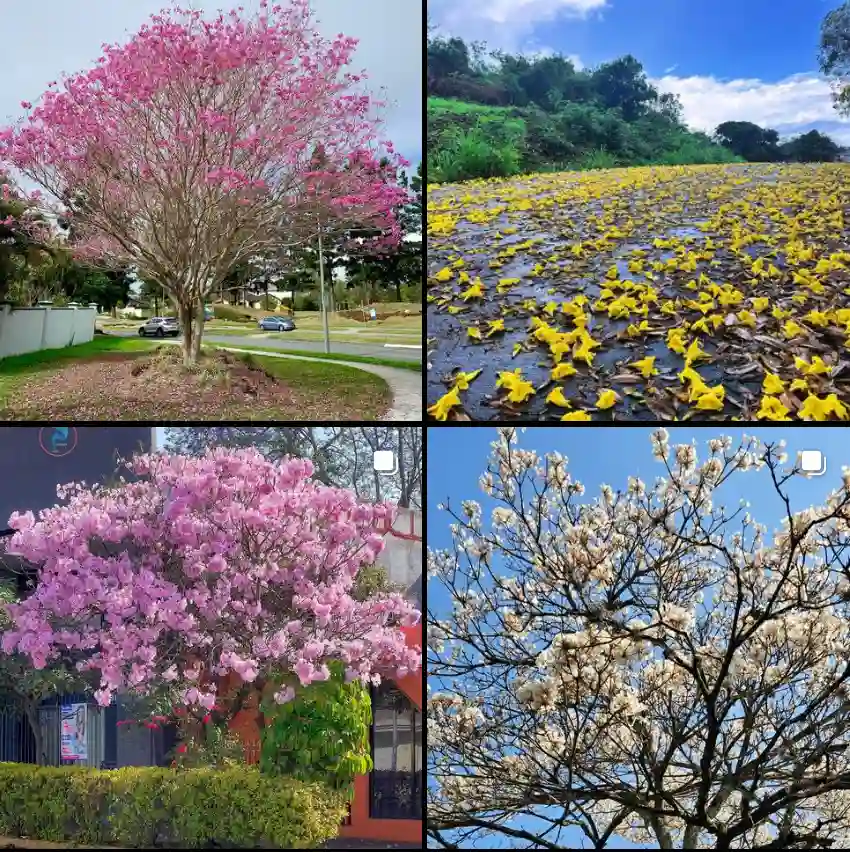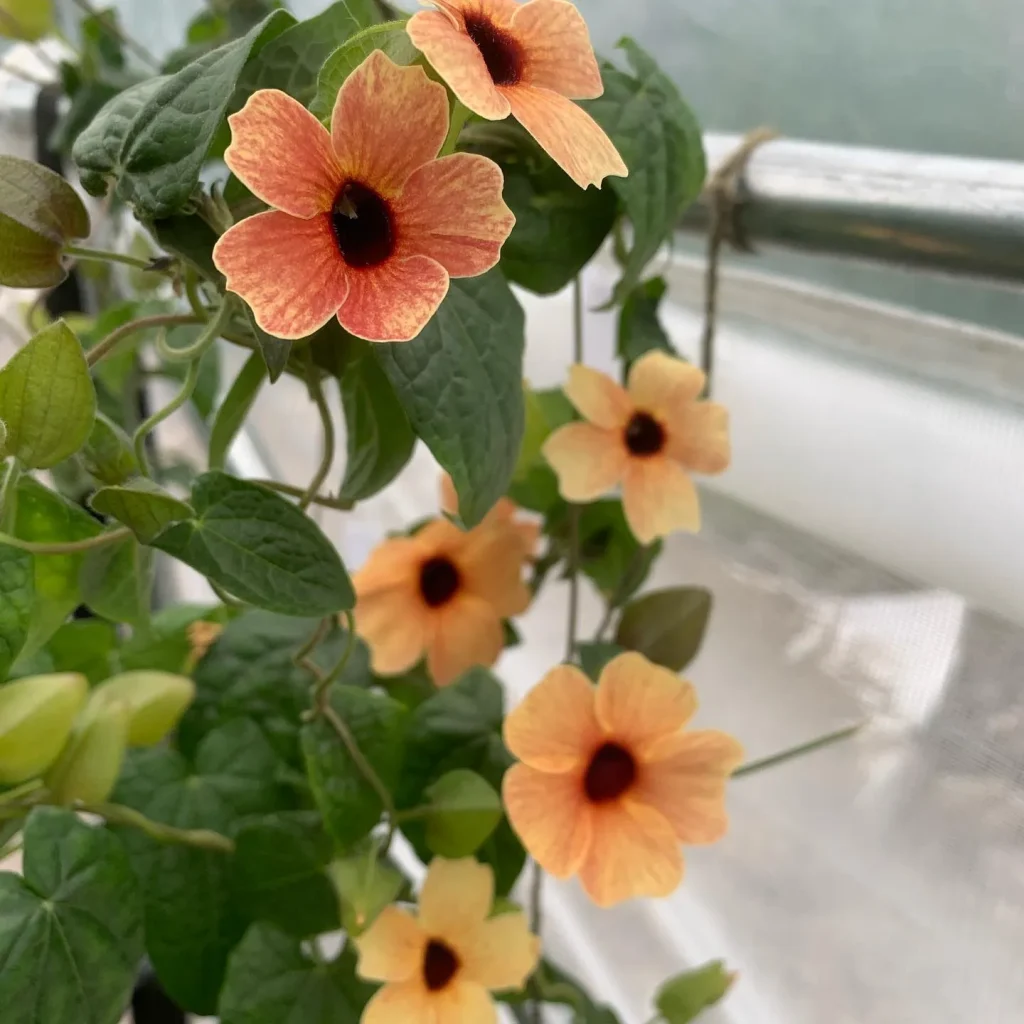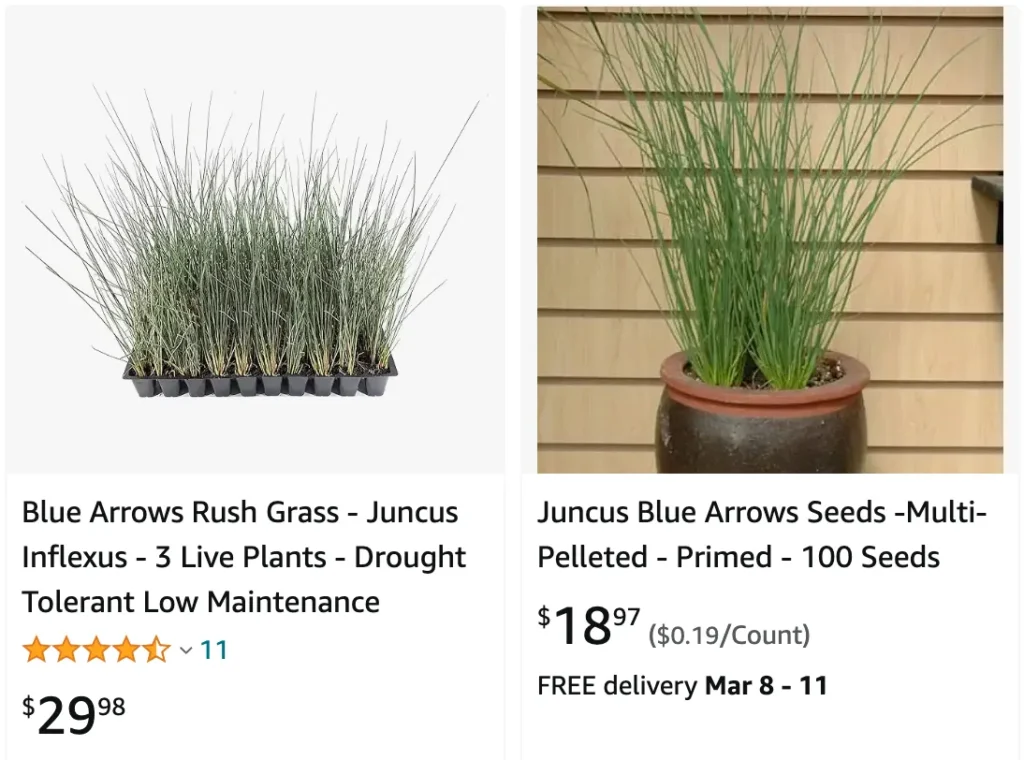
Juncus Blue Arrow: A Splash of Cool in Any Garden
For years, I’ve been drawn to plants with unique textures and pops of unexpected color. That’s how I stumbled upon the Juncus Blue Arrow, and let me tell you, it hasn’t disappointed. This architectural wonder isn’t your typical flower or shrub. It boasts slender, stiff, and upright blue-green foliage that adds a touch of cool sophistication to any garden design.
Since I first planted mine, I’ve become a bit obsessed with these captivating rushes. They’re surprisingly low-maintenance, and their versatility makes them a perfect fit for various planting schemes. Whether you’re a seasoned gardener or just starting, the Juncus Blue Arrow is a fantastic choice to add a touch of the extraordinary to your outdoor space.
366 Species in Genus Juncus
How to plant and care for Juncus Blue Arrow?
Planting your Juncus Blue Arrow is a breeze. These adaptable beauties thrive in full sun to partial shade. They’re not fussy about soil type either, growing happily in average to wet conditions. In fact, they’ll even tolerate some standing water, making them ideal for planting near ponds or water features.
Here’s my tried-and-true method for planting success:
- Dig a hole: Twice the width of the plant’s root ball and just as deep.
- Amend the soil (optional): If your soil is heavy clay, mix in some compost or coarse sand for better drainage.
- Position your Juncus Blue Arrow: Gently remove the plant from its container and place it in the hole, ensuring the crown sits flush with the soil level.
- Backfill and water: Fill the hole with the excavated soil, tamping it down gently to remove air pockets. Water thoroughly until the water runs freely from the drainage holes (if planting in a pot).
Should I Prune Juncus Blue Arrow?
The beauty of the Juncus Blue Arrow lies in its natural, upright form. Pruning isn’t typically necessary unless the plant gets leggy or brown leaves appear. Here’s what I do to keep mine looking sharp:
- Light Trimming: Throughout the growing season, you can trim off any brown or damaged leaves with sharp shears. Snip them at the base where they meet the main stem.
- Renovation Cut: If your Juncus Blue Arrow becomes overgrown, you can give it a more substantial haircut in early spring. Cut back the foliage by about one-third its height. This will encourage new growth and maintain a compact form.
Will Juncus Blue Arrow Spread?
The Juncus Blue Arrow is not an aggressive spreader. It forms a slowly expanding clump and won’t take over your garden bed. In fact, its well-behaved nature makes it a great choice for borders, container plantings, or even mass plantings for a dramatic effect.
What to Plant with Juncus Blue Arrow?
The Juncus Blue Arrow’s cool tones and textural contrast make it a fantastic companion for various plants. Here are a few ideas to inspire you:
- Golden Grasses: Combine the blue-green of the Juncus Blue Arrow with the warm hues of Miscanthus sinensis ‘Strictus’ (Maiden Grass) or Pennisetum setaceum ‘Rubrum’ (Purple Fountain Grass) for a stunning textural display.
- Blooming Beauties: Pair your Juncus Blue Arrow with vibrant perennials like Echinacea purpurea (Coneflower) or Rudbeckia fulgida (Black-Eyed Susan) for a burst of color.
- Low-Growing Companions: Creeping perennials like Ajuga reptans (Bugleweed) or Cerastium tomentosum (Snow in Summer) can soften the base of your Juncus Blue Arrow and add a touch of whimsy.
Conclusion
The Juncus Blue Arrow is a low-maintenance, versatile plant that adds a touch of the extraordinary to any garden. With its unique blue-green foliage and architectural form, it’s sure to become a conversation starter. So, if you’re looking for a plant that’s easy to care for and adds a touch of drama, the Juncus Blue Arrow is a perfect choice.
If i die, water my plants!
